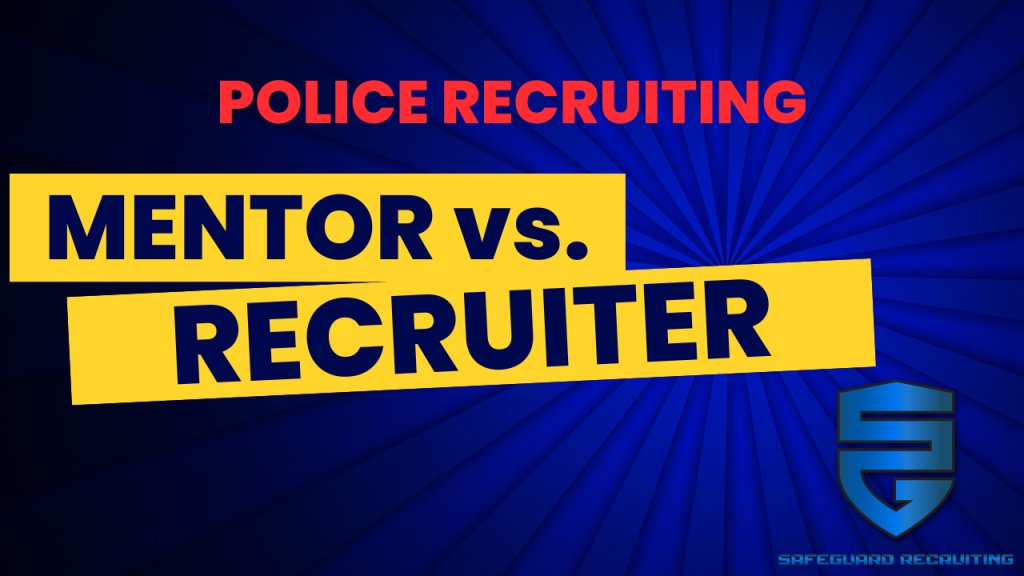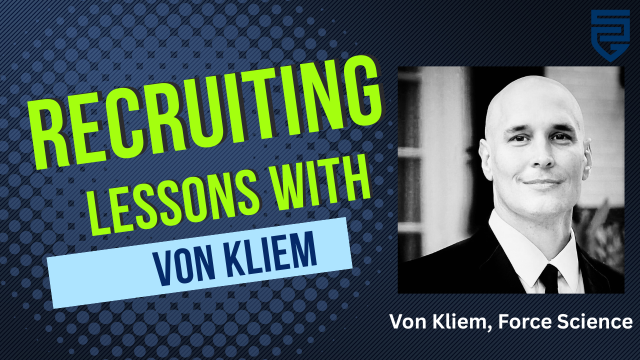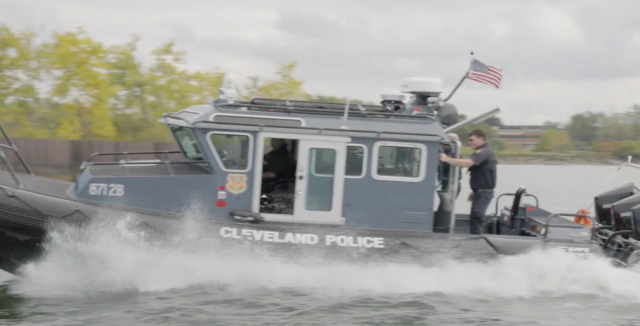Doug Larson from SAFEGUARD Recruiting shares insights on law enforcement recruiting, mentor vs. recruiter roles, and optimizing the recruitment process. Join the conversation and share your thoughts!
Traditional vs. Modern Recruiting
The discussion begins by distinguishing traditional law enforcement recruiting from modern recruiting practices in the private sector. Traditional recruiting focused on receiving and processing applications, whereas modern practices require proactive engagement to attract candidates.
Current Trends and Pressures
Doug Larsen, a recruiting expert, emphasizes the need for law enforcement agencies to adapt their recruiting strategies to keep up with the competitive nature of modern job markets.
Key Challenges in Law Enforcement Recruiting
Long Hiring Processes: A significant pain point identified is the extended hiring process in law enforcement, which includes background checks, physical tests, and written exams. These delays often deter potential candidates who may accept faster job offers elsewhere.
Lack of Training and Resources: Many law enforcement recruiters lack the skill set and training needed to effectively recruit in today’s environment. This gap creates challenges in attracting and converting candidates into applicants.
Role of the Recruiter and Mentor
Recruiter’s Responsibilities: The role of a recruiter extends beyond just processing applications. Recruiters must actively engage with candidates from the initial interest stage through to application submission, answering questions and maintaining communication.
Mentorship: Once the application is submitted, the recruiter functions more as a mentor, guiding the candidate through the remaining stages of the hiring process, such as tests and interviews.
Communication as a Critical Component
Importance of Continuous Engagement: Communication is crucial to keeping candidates engaged and interested. Delays or lack of communication can lead candidates to perceive a lack of interest from the department, causing them to seek opportunities elsewhere.
Automated Nurturing Systems: To address these communication challenges, Doug Larsen’s company, Safeguard Recruiting, offers automated nurturing systems that send regular updates and messages to candidates, ensuring continuous engagement and improving conversion rates from interest to application.
Solutions and Recommendations
Resource Allocation: It’s recommended that law enforcement agencies dedicate additional resources specifically for the initial recruiting process. This is a distinct skill set that many traditional recruiters may not possess, and requires specialized training and strategies.
Training Programs: Agencies should invest in training programs to help recruiters develop the necessary skills for effective candidate engagement. Safeguard Recruiting provides such training to improve communication cadences and engage potential applicants effectively.
GET TRAINING FROM SAFEGUARD RECRUITING
Final Thoughts
Safeguard Recruiting plays a pivotal role in bridging the training and skill gap, providing both automated systems and training programs to help law enforcement agencies navigate the complexities of modern recruiting.
SAFEGUARD Recruiting is the leading recruiter to the law enforcement profession and have provided thousands of candidates and applicants to law enforcement agencies across the country. Through hundreds of campaigns, they utilize data to maximize the success for their clients. On today’s episode, Doug Larsen discusses the role of a law enforcement recruiter versus a mentor within the recruiting and hiring practices.
Go to SAFEGUARD Recruiting and get your free consultation and take our training on law enforcement recruiting.



